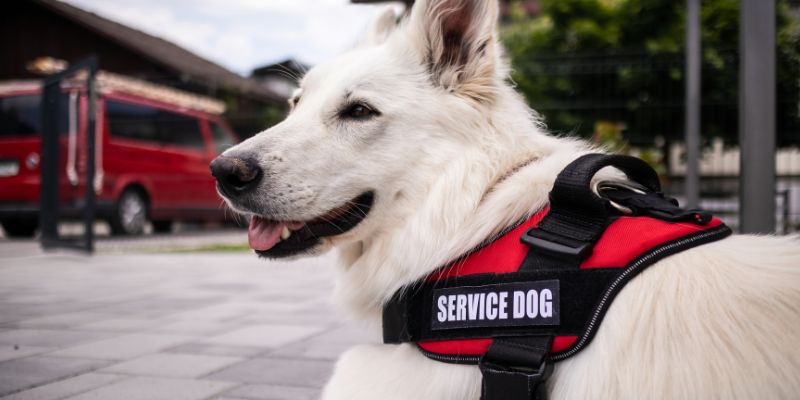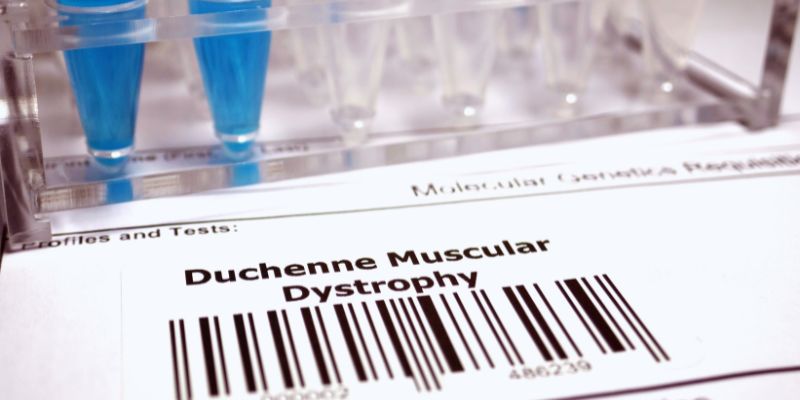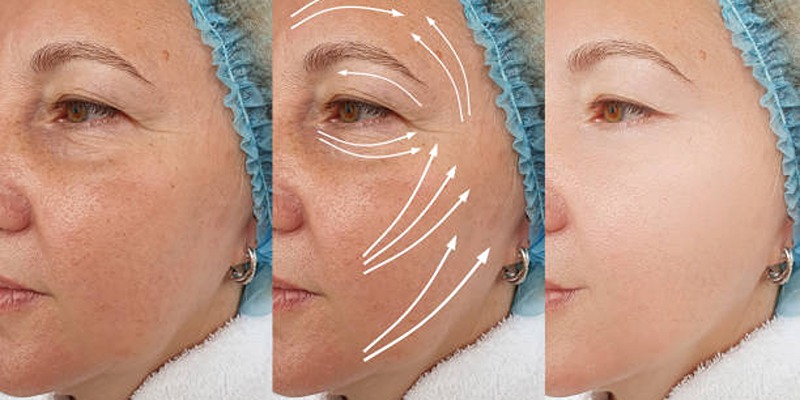Advertisement
Diabetic service dogs, due to their strong smell, can sense in the air that their owner is about to have symptoms, such as seizures. Some dogs are trained to bring glucose meters, food, and drinks that can elevate their blood sugar levels. Service dogs are trained with different scents. For example, when the body is not breaking down sugar, it produces a different odor than a normal body. Likewise, when the body is experiencing high blood sugar, it releases a fruity, fructose smell that only dogs can sense.
If you want to get a service dog, you have to consider some points. It takes time for the dog to adjust properly to the owner's needs. Meanwhile, it also has its benefits, such as emotional support. If you are interested in learning more about diabetic service dogs, this article will answer all your queries.

Diabetes is a condition in which a hormone called insulin is not produced in the required amount or used efficiently. Insulin breaks down glucose molecules to be absorbed by the cells and converted to energy. Diabetic service dogs, also known as diabetic alert dogs (DADs), are trained to alert people when blood glucose levels are too high (hyperglycemia) or too low (hypoglycemia) so they can seek medical aid. In hyperglycemia, patients can experience eye diseases, kidney disease, or stroke. In extremely low blood sugar levels, patients may experience seizures or coma. Diabetic dogs will alert you about the symptoms before they turn into a medical emergency.
Diabetic alert dogs and medical response dogs are two kinds of diabetic service dogs.
Different breeds, such as golden retrievers, Labrador retrievers, and poodles, can be trained to be diabetic service dogs.
Dogs have a strong sense of smell that allows them to detect any changes within the body. Humans produce different scents based on different blood glucose levels. When sugar levels in the blood are too high, humans produce a sweet fructose smell that is so mild that only dogs can smell it. Dogs immediately respond, and if you are experiencing hypoglycemia, they will sense it, too.
Scientists believe that dogs are sensitive to the smell of their owner's saliva, sweat, and breath. When blood sugar level fluctuates, changes in saliva and breath occur, which dogs can strongly sense. When they sense any change in the body, they will:
Service dogs are trained on the basis of scent identification or discrimination. It means that dogs are trained to smell associated with low and high blood glucose levels in the air. A big misconception is that dogs do not directly smell blood sugar or blood, but they are trained to smell compounds released out of the liver when blood sugar is dropping too low or elevating too high. These smells are not smelled by humans like dogs can.
Type 2 diabetes patients are not usually dependent on insulin intake on a regular basis; it is very uncommon that their blood sugar levels drop too low. Type 1 diabetes patients are insulin-dependent. Therefore, their blood glucose levels may drop almost instantly. For this purpose, dogs are specially trained for type 1 diabetic patients and sometimes for type 2 diabetes patients based on their disability and other conditions. So, dogs are trained to a sample scent of very low blood sugar for about six months, after that, they can distinguish between normal and low blood sugar scents in people.

Diabetic service dogs are a good option if you have diabetes, but they are not a great choice for everyone. You have to know what works best for you. For some people, they can manage their diabetes effectively. For example, they monitor CGM regularly. Diabetic service dogs may be a good option for people with type 1 diabetes, as their blood sugar levels fluctuate almost immediately and may drop too low without them realizing prior symptoms.
Diabetic service dogs can help alert patients before major medical emergencies occur. If you are considering getting a diabetic service dog, consult with your healthcare professional to determine whether you should. Diabetic service dogs are not an alternative to continuous blood sugar monitoring or conscious efforts to prevent hypoglycemia.
Here are a few important points you need to consider before getting a service dog:
There are some responsibilities attached to having a service dog, but its benefits can be great. Following are some benefits you may enjoy while having a service dog:
Having a dog requires a lot of commitment and responsibility from the owner. In addition to providing trained services, it is important to develop a loving bond between the owner and the dog. The owner must care for the dog's basic needs, such as feeding on time, bathing, taking the dog for a walk, exercising, and regular checkups with the vet.
Thanks to dogs' strong sense of smell, they can smell the scent the body produces when it is not breaking down the sugar effectively or when there is very little sugar in the blood. Medical response dogs and diabetic alert dogs are two kinds of service dogs. Service dogs are trained on different samples of scents of low and high blood sugar so that they can easily distinguish between normal, low, or high blood sugar. Let's keep in mind that service dogs do not benefit everyone. But if you want to get a service dog, get professional advice first. Service dogs bring both benefits and responsibilities; you have to consider both and see what works best with you.

By Aldrich Acheson/Oct 10, 2024

By Alison Perry/Apr 01, 2025

By Susan Kelly/Oct 09, 2024

By Paula Miller/Apr 01, 2025

By Celia Kreitner/Dec 15, 2024

By Korin Kashtan/Feb 08, 2025

By Paula Miller/Apr 01, 2025

By Elva Flynn/Dec 07, 2024

By Celia Kreitner/Oct 15, 2024

By Triston Martin/Oct 09, 2024

By Madison Evans/Apr 01, 2025

By Georgia Vincent/Apr 02, 2025